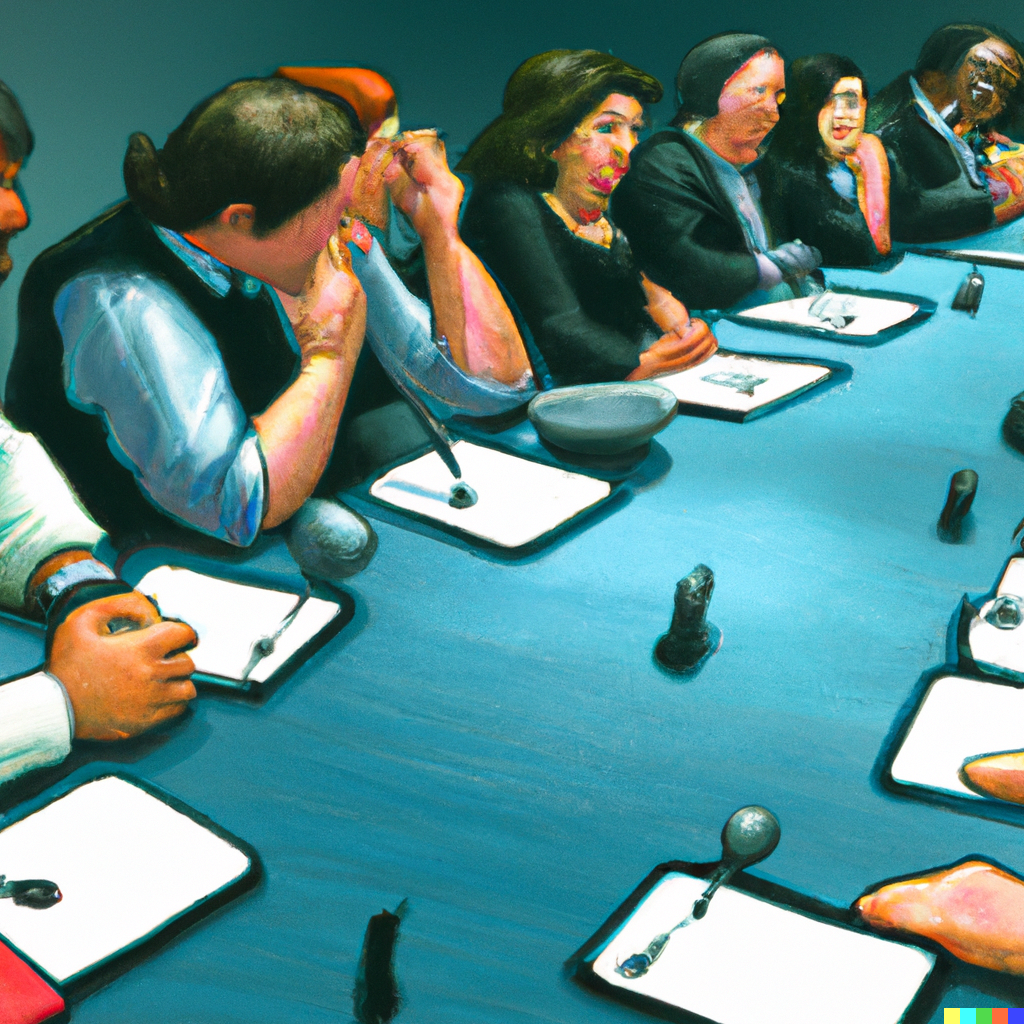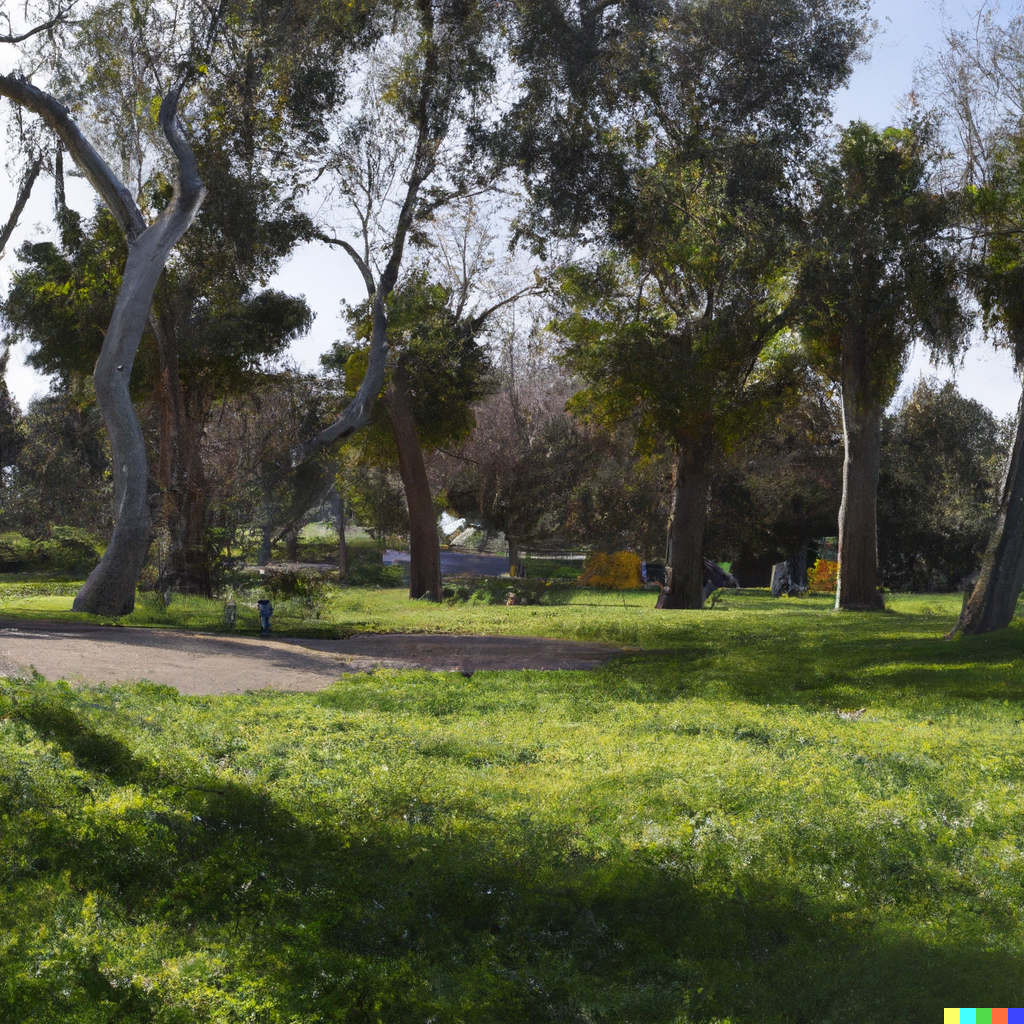I’m sorting out much of what I read of Gregory Bateson (1904-1980). And in his tradition, I’m going to make connections and then try to stand above it. Come and play. My entry point was Steps to an Ecology of Mind (1972), then I shot off into A Sacred Unity: Further Steps to an Ecology of Mind Edited by Rodney E Donaldson (1991) and then Nora Bateson’s Small Arcs of Larger Circles (2016). I’ve been thinking a lot about the question David Graeber and David Wengrow asked in The Dawn of Everything (2021): why do groups of people differentiate? Bateson’s observation of schismogenesis – a combination of the word schism and genesis – is “a process of interaction whereby directional[…]
Category: Business
There’s a tension between the desire of some politicians to protect the population from harm, the desire of some in the population to be free from regulation, and the desire by some to have the freedom to harm. The idea of protection as a good is interesting because it has a lot in common with a risk pool. I reckon that protection is virtual good because protection is an idea. There’s this idea that the state provides protection from threats. Most threats, not all, are imagined, aren’t they? The state organizes protection from external forces: against intruders, looters, raiders, hordes, and parasites that pose threats to agriculture and aquaculture. The state organizes protection from internal threats: against murderers, organized crime,[…]
“[A]n unrecorded decision may well be, indeed should be, considered as a sure sign that something fundamental has gone wrong with the decision-making process, that one should look for the presence of schemers who can impose projects on those who should know better; that one should also look for powerful external pressures reverberating through the decision-making process — pressures that cannot be resisted and lead to decisions for which there is no real acceptance of responsibility (and are therefore unrecorded). All of this serves to underline a point that is not stressed enough in the political science literature: decision-making is fundamentally a process for assuming responsibility for a proposed action.” Allison, Graham., Zelikow, Philip. (1999) Essence of Decision. 2nd Edition.[…]
A major source of suffering is caused by the chasm between what is and what is preferred. There are at least three ways of alleviating this suffering: In this post, I’ll expand on the concept of what is preferred, attempt to differentiate bullshit from Futurescapes, and argue that Futurescapes are a powerful reframing tool. What is preferred I’ll focus on the suffering that exists because of preferences about the future that are unrealized today. The future is malleable. Liubertė and Dimov [1] wrote a gem of a paper in 2021. They were curious about how Elizabeth Holmes used language to create a portrait of the future. Rindova and Martins (2022) [2] made a valuable contribution about how these portraits, Futurescapes,[…]
Ultimately, how you choose to lead your startup in the post-2022 Tight Money Era depends on what lessons you’re taking away from the 2018-2022 Loose Money Era, and where you’re at on your own leadership journey. In this post, I’ll describe where my stance is at the end of 2022 with respect to a systemized study of new venturing knowledge. How We Got Here: The Loose Money Era Money was cheap between 2018 and 2022 [1]. Stupidly cheap. You know how I know money was cheap? Check the links: Intensely. Stupidly. Insanely. Idiotic. Terribly. Sweatily. Moronicly. Cheap. Cheap money enables radical conservation of thought. (I’m picking on scooters because it’s physically obvious, but there’s plenty of incredibly silly things going[…]
You only have so much attention. When you consume media, roughly 27% to 30% of your attention can be directly monetized, and there’s perhaps a tolerance for another 15% that can be wrung out with product placement. As a result, Time Spent is an attractive metric for those who create and monetize attention. For example, if you can attract 1,000,000 hours of attention, then you can monetize 300,000 to 450,000 hours of it. In theory, the amount you can charge for your attention depends on the value advertisers place on the audiences’ attention. And that depends on who they think you are, how susceptible you are, how much you spend in the relevant category, how causal the purchase decision is[…]
Why is it easier for an individual to identify a valuable problem and solve it in a startup than it is in a business? Will be the same in most Decentralized Autonomous Organizations (DAO)? In this post, I’ll argue that information is a key enabler that makes it all the easier for an individual to identify and solve valuable problems. If we’re in the age of information, then why does information seem so scarce? The reasons for information scarcity are many and emergent, including status-quo preservation and self-identity protection. To understand the resistance to solving a valuable problem, it’s useful to think of Lock-In [1] and to mark the distinctions between startups, businesses and DAO’s. A startup is not a[…]
If a quality attribute is an adjective describing something, and an organization is a set of people segmented by purpose, then what kind of quality attributes could be used to describe an organization? A good place to begin is with a segmentation of purposes. What is the purpose of the organization? I am bathed in neoliberalism. You might even say that I have been marinated in it. Pickled. The first segmentation that comes to mind each contain the term profit. There are for-profit organizations, non-profits, and not-for-profits. Profit-as-a-Purpose predisposes an organization whole range of quality attributes. Non-profits and not-for-profits are predisposed to another set of quality attributes. Profit motive offers one cleavage for segmentation. It’s obvious because it’s the neoliberal thing to[…]
If a quality attribute is an adjective describing something, and a virtual good is something that does not occupy a physical space, then what kind of quality attributes could be used to describe a virtual good? The most common physical goods (I.e. found in the real world; found in meatspace) that most humans come into daily contact with are clothing and water. Many come into contact with the floor of their shelter and experience walls and a roof. Not enough humans come into contact with enough protein, carbohydrates, and fats. Physical goods are physical, and we experience them all the time. Many humans don’t ever encounter any virtual goods. Virtual goods aren’t physical. These words, the ones you are reading[…]
What are the quality attributes and need-solution pairs of Web3? At minimum, the key quality attribute is decentralization. The key matching need is fairness. There are good reasons why this is so. I’d love to be able cite someone that there is a natural tendency for humans to centralize power. I’d love for that statement to be axiomatic. I can cite quite a few papers that appear to just take it as a given (Aristotle (301 BCE, Machiavelli (1513), Bloomfield and Coombs (1992)). But, I can’t find a passage for the axiom anywhere. For the purposes of this post, I’m importing the assumption as a truth: there is a tendency for people to centralize to power. Decentralization is a counter-force[…]










